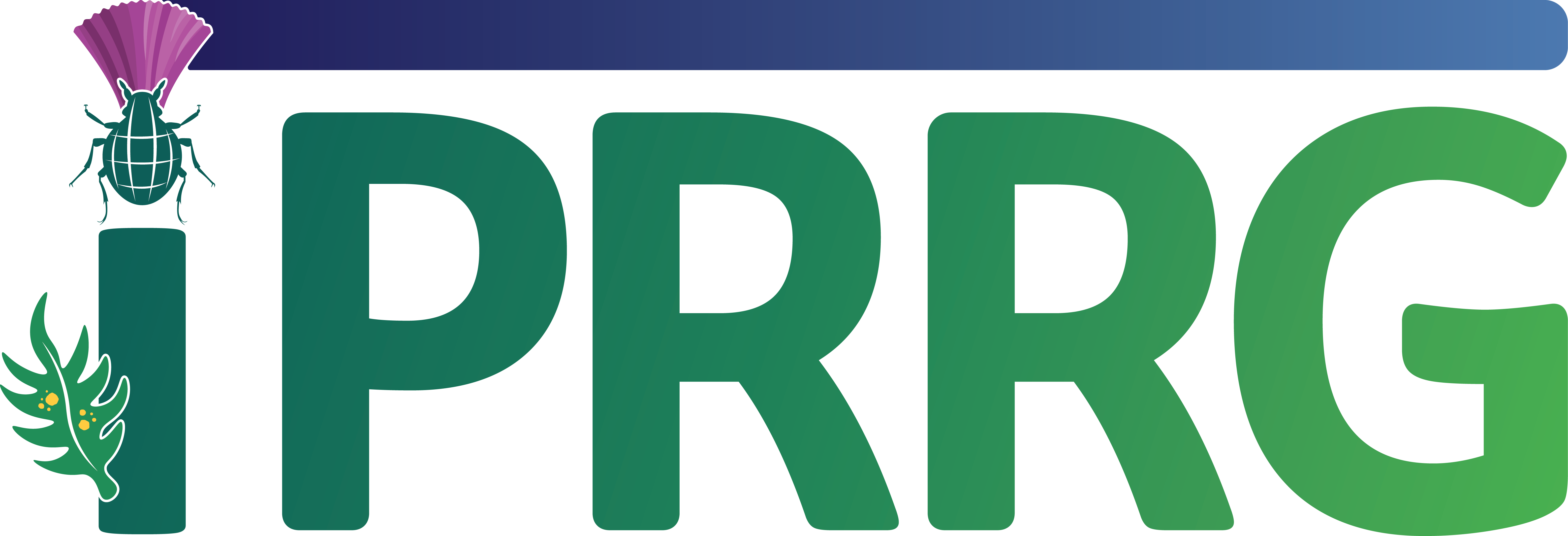International Pest Risk Research Group (IPRRG)Â Ninth Annual Meeting
Fort Collins, Colorado, USA
25-28 August 2015
Attendee List
Programme & Abstracts
State of the IPRRG (presented by Frank Koch)
 Oral Presentations
| Presenter |
Title |
Affiliation |
| Richard Baker |
How far north can the Japanese beetle go? Exploring the role of spatial temporal climatic resolution in pest risk maps |
Department for Environment, Food and Rural Affairs, UK |
| Dan Borchert |
Helicoverpa armigera from early assessments and risk products to regulatory decision making |
USDA APHIS PPQ CPHST PERAL, Raleigh |
| David Christie |
Defining port environs in a changing landscape |
NC State University Center for Integrated Pest Management |
| Gericke Cook |
Novel anthropogenic activity datasets and predicting long-range introductions of invasive pests |
USDA APHIS PPQ CPHST, Fort Collins |
| Dominic Eyre |
The use of meteorological data to support outbreak modelling and the analysis of natural dispersal |
Department for Environment, Food and Rural Affairs, UK |
| Catherine Jarnevich |
Assessing risk with changing climate: what to consider with correlative species distribution models |
US Geological Survey, Fort Collins |
| Frank Koch |
Lessons learned when analyzing the other kind of “weed” risk |
USDA Forest Service, Southern Research Station |
| Darren Kriticos |
Helicoverpa armigera invading North America: It was just a matter of time |
CSIRO, Australia |
| Sunil Kumar |
Assessing the global risk of establishment of Codling Moth (Cydia pomonella) using CLIMEX and MaxEnt niche models |
Natural Resource Ecology Laboratory, Colorado State University |
| Audrey Lustig |
Effect of landscape structure on invasive spread: a spatially explicit perspective |
Lincoln University, New Zealand |
| Amy Morey |
Host-mediated shift in the cold tolerance of an invasive insect: What does this mean for risk mapping? |
Department of Entomology, University of Minnesota |
| Mariona Roige |
Using pest assemblages to rank species with potential to invade: the self organising map analysis, validation and recommendations |
Lincoln University, New Zealand |
| Marona Rovira |
What roles do biogeography and climate play in non-native invertebrate invasion? |
Lincoln University, New Zealand |
| Senait Senay |
A random forest climatic suitability prediction for Puccinia striiformis f. sp. Tritici |
Applied Economics Department, University of Minnesota |
| Helen Sofaer |
Global sharing of exotic species: the relative importance of trade and climate |
US Geological Survey, Fort Collins |
| Ursula Torres |
Niche dynamics and potential suitable areas of invasive freshwater invertebrates in New Zealand |
Lincoln University, New Zealand |
| Juha Tuomola |
An areal pest risk assessment based on spatial and temporal distribution of places of production |
Finnish Food Safety Authority Evira |
| Rob Venette |
Risks posed by Agrilus auroguttatus to the conterminous United States |
USDA Forest Service, Northern Research Station |
| Denys Yemshanov |
A hypervolume approach for assessing risk under uncertainty |
Natural Resources Canada, Canadian Forest Service |
Poster Presentations
Â
